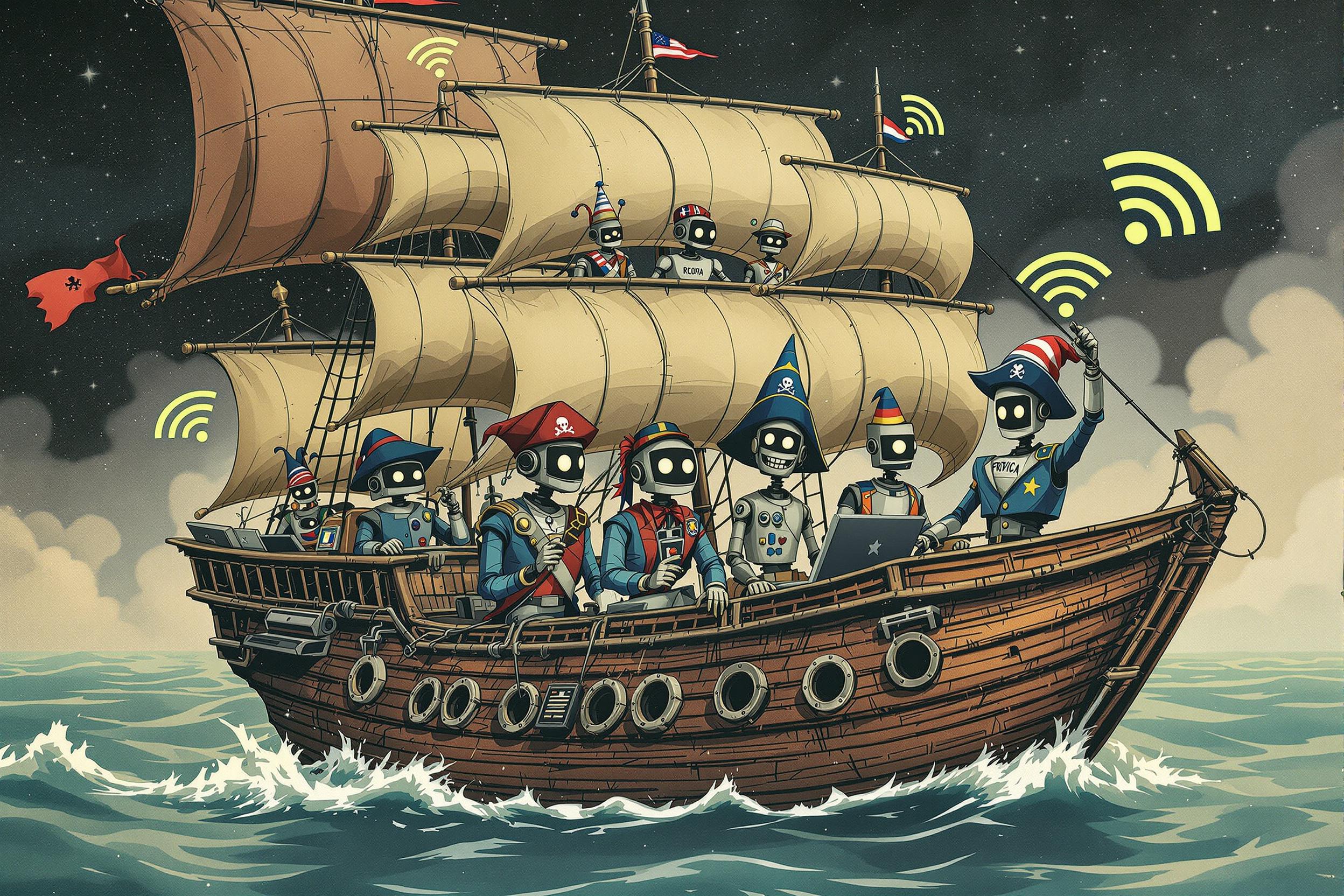
Background Tone
Background Tone is an important step in manga and anime artwork creation where artists add shading and color values to backgrounds and settings. It's like adding depth and atmosphere to the scenes where characters interact. Think of it as setting the mood of a scene - just like lighting in photography or film. Artists use various methods, from traditional screentones (special sheets with patterns) to digital tools, to create these effects. This process helps make the artwork look more professional and emotionally engaging, rather than flat and basic.
Examples in Resumes
Applied Background Tone and Tone Work to 50+ manga pages per week
Supervised junior artists in Background Tone application using both digital and traditional methods
Optimized Background Toning workflow reducing production time by 30%
Typical job title: "Background Tone Artists"
Also try searching for:
Where to Find Background Tone Artists
Online Communities
Professional Networks
Example Interview Questions
Senior Level Questions
Q: How do you manage a team of background tone artists while maintaining consistent quality?
Expected Answer: A senior artist should explain their process for creating style guides, reviewing work, providing feedback, and training team members. They should mention quality control checkpoints and how they handle revisions.
Q: How do you approach toning for different genres of manga?
Expected Answer: The answer should cover how toning varies between romance, action, horror, etc., and how different techniques create appropriate moods for each genre.
Mid Level Questions
Q: What's your process for choosing appropriate tone patterns for different scenes?
Expected Answer: Should explain how they consider the scene's mood, time of day, and importance to the story when selecting tones, and demonstrate understanding of tone density and pattern types.
Q: How do you handle tight deadlines while maintaining quality?
Expected Answer: Should discuss time management, prioritization of important panels, and efficient workflow techniques without compromising the final look.
Junior Level Questions
Q: What basic tools do you use for background toning?
Expected Answer: Should be able to list both traditional tools (screentone sheets, craft knife) and digital tools (software like Clip Studio Paint), and explain basic application methods.
Q: How do you ensure clean application of tones without bubbles or tears?
Expected Answer: Should explain basic techniques for both digital and traditional tone application, including proper preparation and careful handling of materials.
Experience Level Indicators
Junior (0-2 years)
- Basic tone application techniques
- Understanding of simple shading patterns
- Basic digital toning tools
- Following established style guides
Mid (2-4 years)
- Advanced pattern selection
- Efficient workflow management
- Multiple style adaptations
- Digital and traditional methods
Senior (4+ years)
- Team supervision
- Style guide creation
- Quality control management
- Complex scene composition
Red Flags to Watch For
- No knowledge of basic toning principles
- Unable to work with both digital and traditional methods
- Poor understanding of mood and atmosphere in artwork
- Lack of attention to detail or rushed work habits
Related Terms
Need more hiring wisdom? Check these out...

Global Compliance Checks: The Hidden Puzzle Pieces of Background Screening Revealed

Beyond Borders: Mastering the Art of a Global Onboarding Calendar

Who’s Really Running Your Interviews? How to Reduce Bias in Remote Hiring

